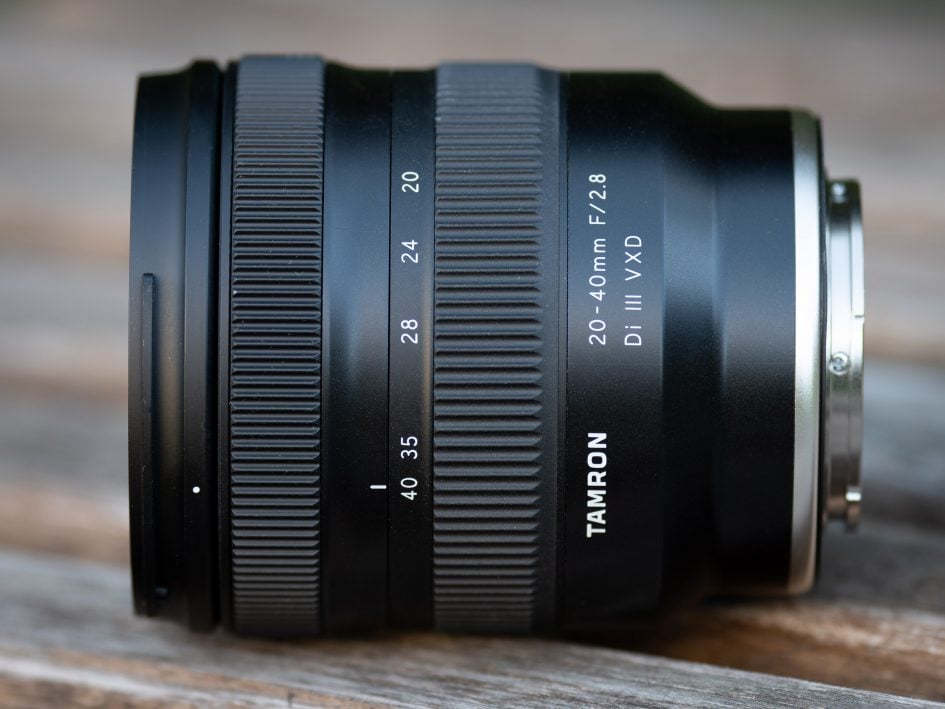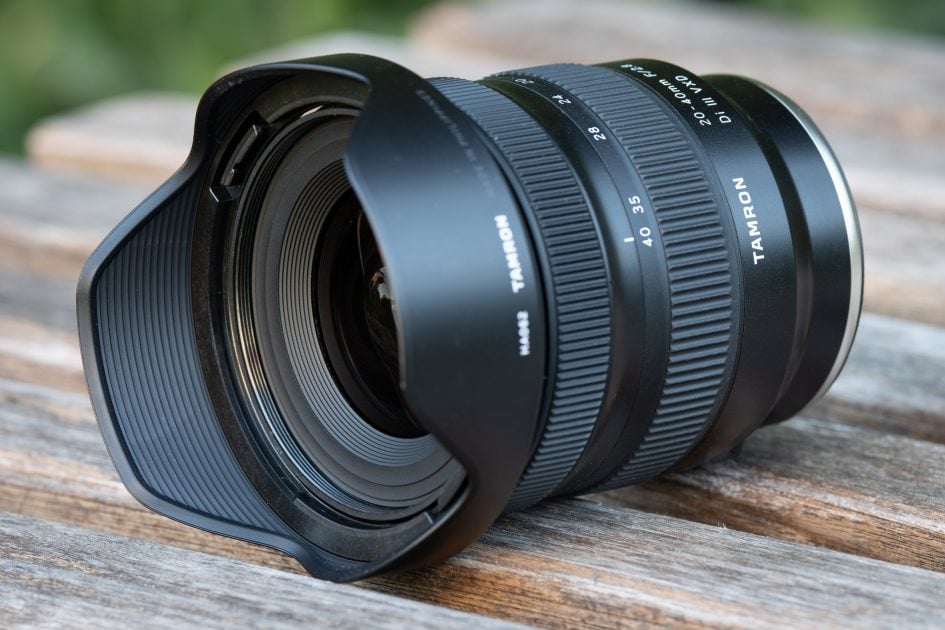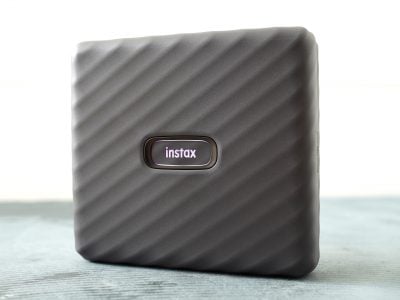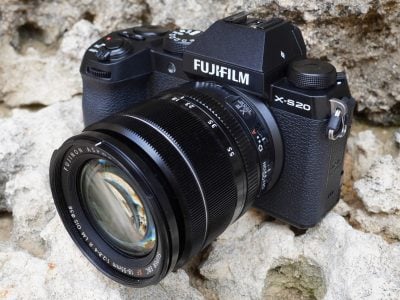Tamron 20-40mm f2.8 Di III review
-
-
Written by Thomas
Verdict
Tamron has built quite a collection of zoom lenses for mirrorless full-frame cameras over the last four years. They are mostly for Sony’s E-mount, but a first Z-mount version is now out (70-300mm) and Nikon adopted some of Tamron’s optical designs in their own Z-Nikkor lenses. The new 20-40mm f2.8 Di III VXD is Tamron’s smallest and lightest zoom lens to date which is corrected for full-frame sensors. It has a constant bright f2.8 focal ratio, is fully weather sealed, has a nice maximum magnification, and offers good configurability of its focus ring through Tamron’s Lens Utility. Only the 20-40mm zoom-range makes it a bit harder to find a complementary longer zoom-lens. Perhaps Tamron’s 35-150mm f2-2.8 Di III is the most obvious match.
In my tests the new Tamron delivers very good sharpness at 20mm focal length within the APS-C image-circle and very usable results in the FF-corner. Zooming in softens the results visibly, especially in the FF-corner. The APS-C-corner also loses its crispness but stays still good. The center softens only slightly at 30mm and a bit more at 40mm focal length. This performance is good to very good over the zoom range in the APS-C image-circle but the full-frame corners are clearly not the forte of this lens. Stop down to f8.0 if you need well-defined FF-corners. The lens shows very good resistance against flare and glare in challenging contra-light situations and offers usable performance in close-up shooting at the short end – albeit at a very short working distance. Bokeh is relatively nice at 40mm focal length and focus is reliable and very fast.
To put this into perspective let’s have a closer look at how the Tamron 20-40mm f2.8 Di III compares to the Tamron 17-28mm f2.8 Di III and Sony FE 16-35mm f2.8 GM.

Compared to Sony FE 16-35mm f2.8 GM
The Sony FE 16-35mm f2.8 GM is clearly bigger and heavier and much more expensive than the Tamron. But starting at 16mm focal length it gives a noticeable wider view at the short end. Regarding optical quality the Sony GM is a bit sharper from 24mm onwards – especially in the FF-corners. But the Tamron produces the better Bokeh (at 40mm). In other aspects like loCA, coma, resistance against flare and glare both lenses are very similar, sometimes the Tamron taking the lead at other times the Sony GM. If you have to decide between both lenses, I think budget and shortest focal length are the decisive factors: If money is of less concern I’d go for the wider starting point of the Sony GM, otherwise I’d be very happy with the Tamron.
For more information see my Sony FE 16-35mm f2.8 GM review where it earned a Recommended.
Compared to Tamron 17-28mm f2.8 Di III
The Tamron 17-28mm f2.8 Di III has the major benefit over the new 20-40mm f2.8 Di III of starting at a wider 17mm which covers a visibly wider angle-of-view (104 degrees vs. 95 degrees). It may only go to 28mm focal length at the long end but then it perfectly complements Tamron’s 28-75mm f2.8 Di III G2 standard zoom lens. Optically the Tamron 17-28mm f2.8 Di III is sharper in the FF-corners at typical landscape or architecture distances. But the 20-40mm produces the better Bokeh (at 40mm). In other aspects like loCA, coma, resistance against flare and glare both lenses are very similar – even regarding price. So, the decision between both lenses mostly comes down to your preferred zoom-range: 17-28mm vs. 20-40mm.
For more information see my Tamron 17-28mm f2.8 Di III review where it earned a recommendation.

Tamron 20-40mm f2.8 Di III final verdict
If you’re looking for covering your wide-angle needs with an f2.8 zoom the new Tamron 20-40mm f2.8 Di III is a compelling alternative to Tamron’s 17-28mm f2.8 Di III for those who don’t need to go ultra-wide. The lens is very small and light, fully weather-sealed, and costs less than half of Sony’s 16-35mm f2.8 GM. Optically the Tamron 20-40mm f2.8 Di III is good to very good over the zoom range in the APS-C image-circle but the FF-corners are soft and need stopping down to become well-defined. The lens has a relatively nice Bokeh at 40mm and handles adverse contra-light situations well. It also delivers very usable close-up performance – although at very short working distances. All-in-all Tamron’s latest zoom lens clearly earns a recommendation.
Good points:
- Constant f2.8 focal ratio.
- Small and light.
- Good to very good sharpness over the zoom range in the APS-C image-circle.
- Very good black levels in contra-light situations.
- Relatively nice Bokeh at 40mm.
- Usable close-up performance at the short end – once stopped down to f5.6.
- Extensive weather sealing.
- Less than half the price of Sony’s 16-35mm f2.8 GM.
- Reliable and very fast AF operation.
Bad points:
- Soft full-frame corners.
- Very short working distance for close-up shooting.
- Starts at 20mm, not wider.
- Limited choices of matching longer zoom lenses.




